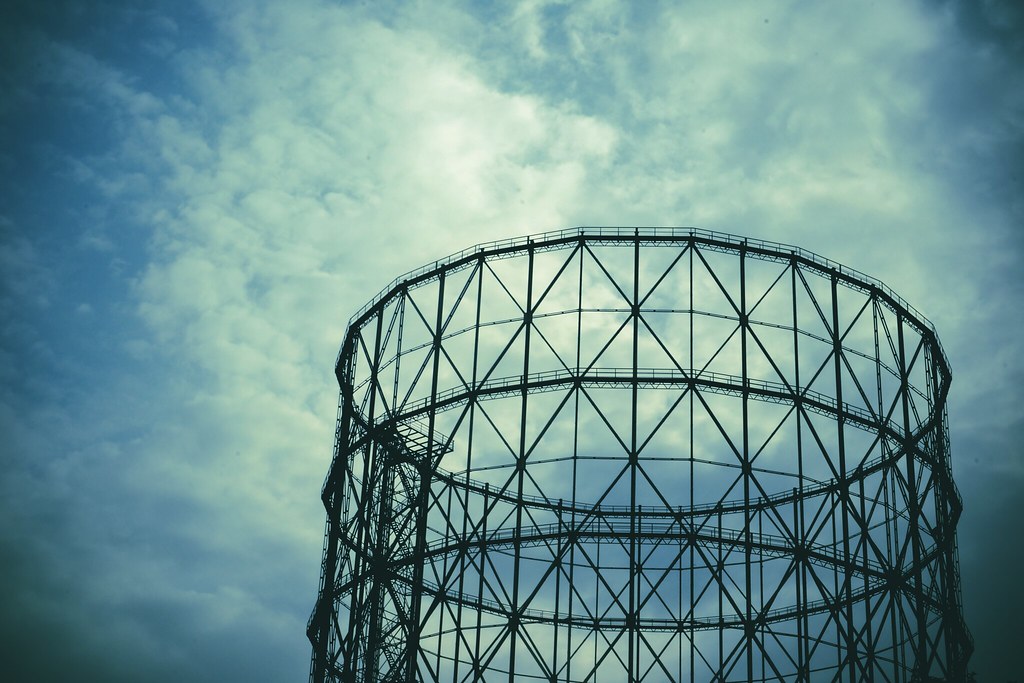#ostiense
Explore tagged Tumblr posts
Text

The quiet Tiber
View of the Tiber river in Rome Ostiense, March 2024. Leica R4 with 35 mm Summicron on Ilford Ilfocolor 400 Vintage Tone film.
#Tiber#river#Rome#landscape#Ostiense#photographers on tumblr#original photographers#film is alive#i still shoot film#analog photography#film photography#italy#bridge#gasometer#nature#Ilfocolor#vintage tone
90 notes
·
View notes
Text
Ph: particelle elementari
#analog#film photography#35mm film#35mm photography#35mm#film#gazometro#Ostiense#rome#roma#urban exploration
6 notes
·
View notes
Text




Poppies, flowers and ruins 🤗
2 notes
·
View notes
Photo

Dusk over Ostiense, Rome, 2023.
4 notes
·
View notes
Photo

Soprattutto arancione . . . . . . . . . . . . . . . . #Roma #ostiense #piùarancionedicosìsimuore (presso Ponte Settimia Spizzichino) https://www.instagram.com/p/CpdreuDtkOR/?igshid=NGJjMDIxMWI=
1 note
·
View note
Text
Riapre il Museo Ostiense dopo tre anni: nuovo allestimento, capolavori restaurati e un libro-guida
Riapre il Museo Ostiense dopo tre anni: nuovo allestimento, capolavori restaurati e un libro-guida
Redazione Ha riaperto al pubblico, all’interno del Parco archeologico di Ostia antica, il Museo Ostiense con un finanziamento Cipe di oltre 3 milioni di euro. Alla cerimonia sono intervenuti il Ministro della Cultura, Gennaro Sangiuliano, il Direttore generale Musei, Massimo Osanna, e il Direttore del Parco archeologico di Ostia antica, Alessandro D’Alessio. L’intervento si è articolato in due…
#Alessandro D’Alessio#antica roma#archeologia#Cristina Genovese#Electa#età romana#Gennaro Sangiuliano#libri#Massimo Osanna#MiC#musei#Museo Ostiense#Ostia#Parco Archeologico di Ostia antica#Roma#Roma antica
0 notes
Text
Piazzale Ostiense, Rome, April 2024

0 notes
Text






Ancient Equestrian Statues
Marcus Nonius Balbus, 1st century BCE (MANN,July 2019)
2. Funerary statue of a child. Via Ostiense, Rome, 3rd century CE. (Baths of Diocletian Museum, Rome, July 2015)
3. Jockey of Artemision, 150-140 BCE. ( National Achaeological Museum of Athens, October 2008)
4. Dioscuri statues, from Theatre of Pempey (Piazza del Campidoglio, July 2012)
5. Marcus Aurelius, c. 175 CE (Capitoline Museums, July 2007)
6. Statue of a youth on horseback (British Museum, July 2022)
#equestrian statue#ancient Rome#ancient Greece#ancient#art#Roman#Greek#marble#bronze#horse#animal#statue#Equestrian#my photo
102 notes
·
View notes
Text
Per chi può, domani ricordo la manifestazione che parte da piazzale ostiense alle 14:30 contro la violenza sulle donne, la violenza patriarcale e anche perché quest’anno ci hanno ammazzato 104 volte, 104 sorelle
Venite ✊🏻
35 notes
·
View notes
Text
Quando la metropolitana diventa nostalgica ❤️
Segnaletica verticale poetica nel cuore del quartiere Ostiense, Roma
#scrivilosuimuri#poeta della serra#frasi#poetadellaserra#scritte#frasi italiane#aforismi#poesiadistrada#pensieri#frasi belle
38 notes
·
View notes
Text

2,000-Year-Old Artifacts Recovered From Well in Rome
The objects, found within the Ostia Antica archaeological site in southern Italy, include burnt animal bones and a carved wooden chalice.
A trove of perfectly preserved ceramics, burnt animal bones and a wooden chalice have been pulled up from a well in Ostia Antica, shedding new light on religious life at the heart of Ancient Rome.
Discarded peach stones, oil lamps and marble fragments dating from the first and second centuries BC were also pulled up from the 3m-deep shaft at Ostia, an ancient port city at the mouth of the Tiber that is now the site of a vast archaeological park.
The well is located outside the ruins of the Temple of Hercules in the archaeological site’s so-called sacred area, once home to Ostia’s most important places of worship. Water at the bottom has preserved the artefacts for centuries.


Specialists were hoisted inside and they then carefully removed the objects. Recovered pig and cattle bones and ceramics showed burn marks, suggesting the animals had been sacrificed, cooked and eaten during banquets honouring deities. “These finds are a direct testament of the ritual activity that took place at the sanctuary,” Alessandro D’Alessio, director of the Ostia Antica archaeological park. “We might have imagined this happened but previously we had no evidence.”
One of the most spectacular discoveries was a carved wooden chalice or funnel. Archaeologists are still trying to determine its precise function. “Refined objects like this are rare given that wood usually deteriorates,” D’Alessio said. “We believe it may have been used as a musical instrument such as a pipe.”



Before Christianity was adopted as the official religion of the Roman empire in 380 AD, Romans typically fulfilled vows to multiple gods, made divine requests and asked for forgiveness by sacrificing animals in designated sacred spaces including altars and temples.
Ostia’s sacred area, which was located near a spring along the Via della Foce road that led towards the coast, was discovered in the late 1930s and is currently being restored with a view to opening it to the public.
D’Alessio said that the newly discovered objects would be restored by specialists from the archaeological park and eventually displayed at the refurbished Museo Ostiense, which is due to reopen by the end of June following a three-year closure.
Massimo Osanna, director of museums at Italy’s culture ministry, said in a statement: “Restoration work [in Ostia Antica] has proved to be a unique opportunity to study and deepen our knowledge of the functions and activities that took place in the sanctuary”.
By James Imam.

#2000-Year-Old Artifacts Recovered From Well in Rome#Ostia Antica archaeological#Ostia Antica#Temple of Hercules#ancient artifacts#archeology#archeolgst#history#history news#ancient history#ancient culture#ancient civilizations#ancient rome#roman history#roman empire#roman art#roman archaeology
52 notes
·
View notes






